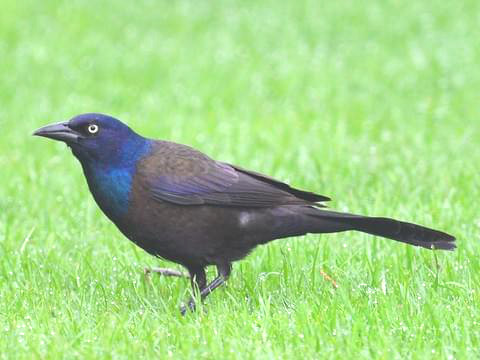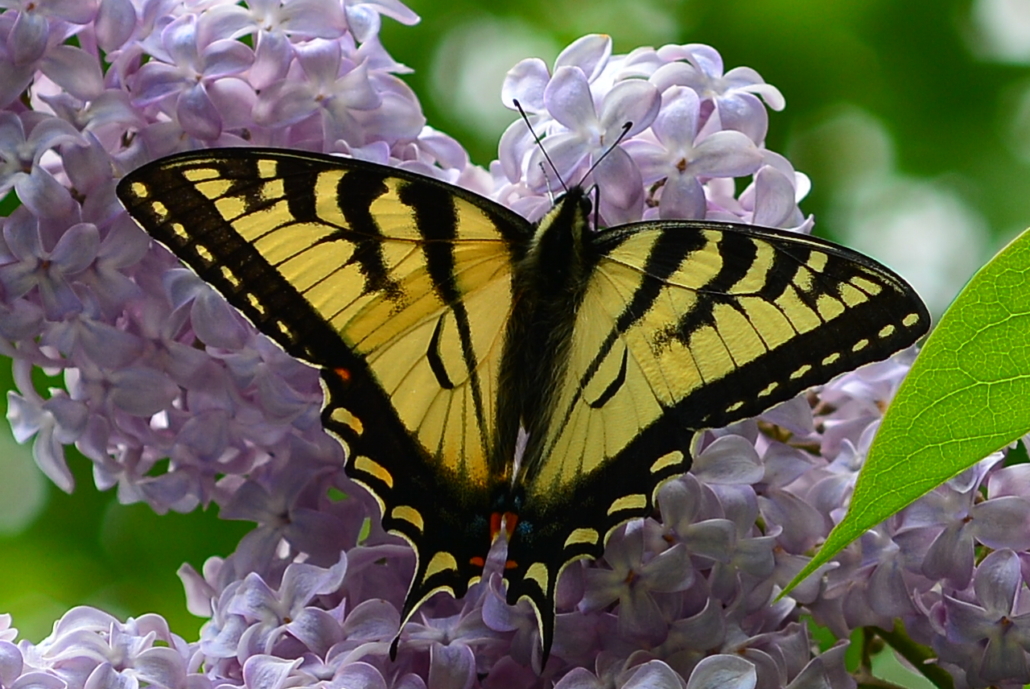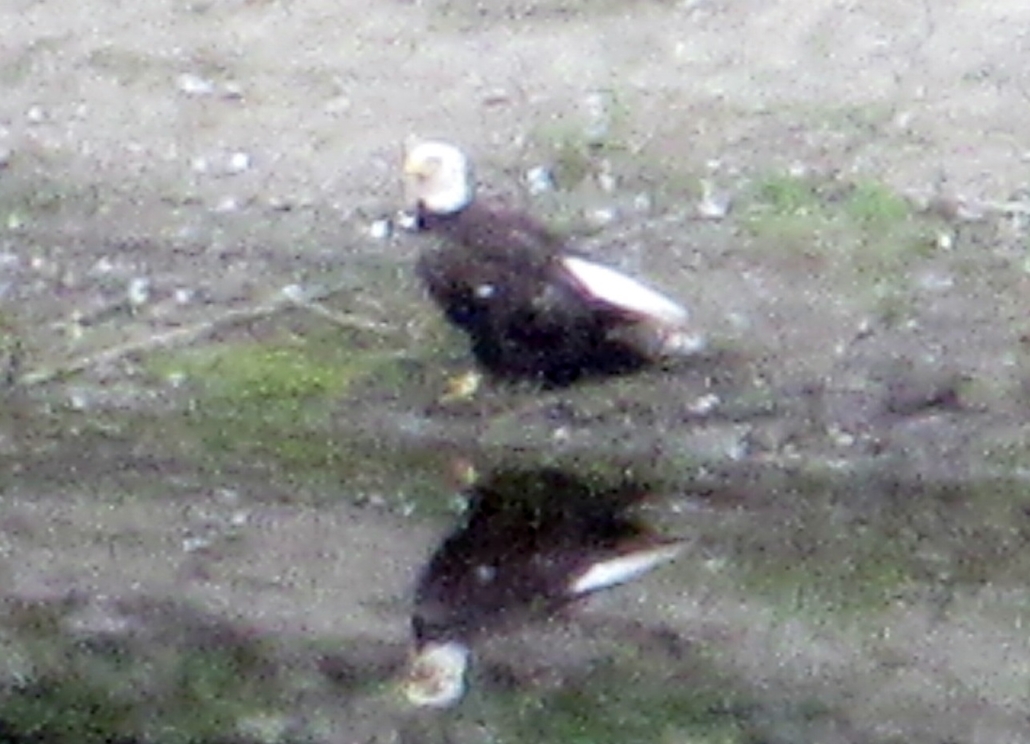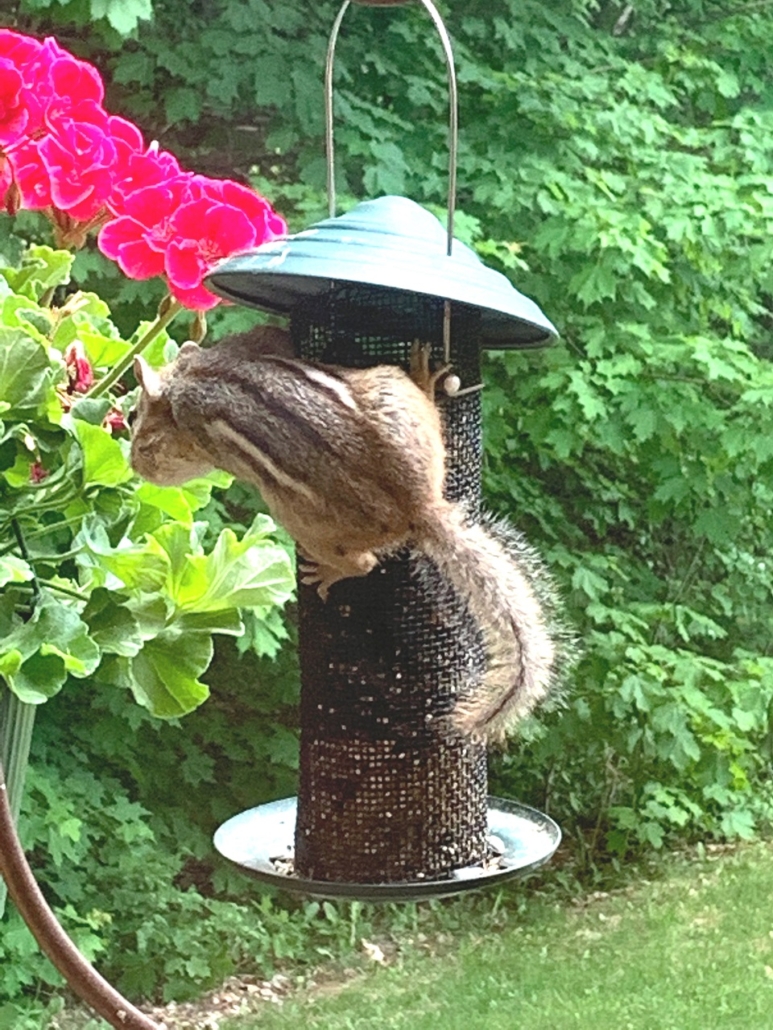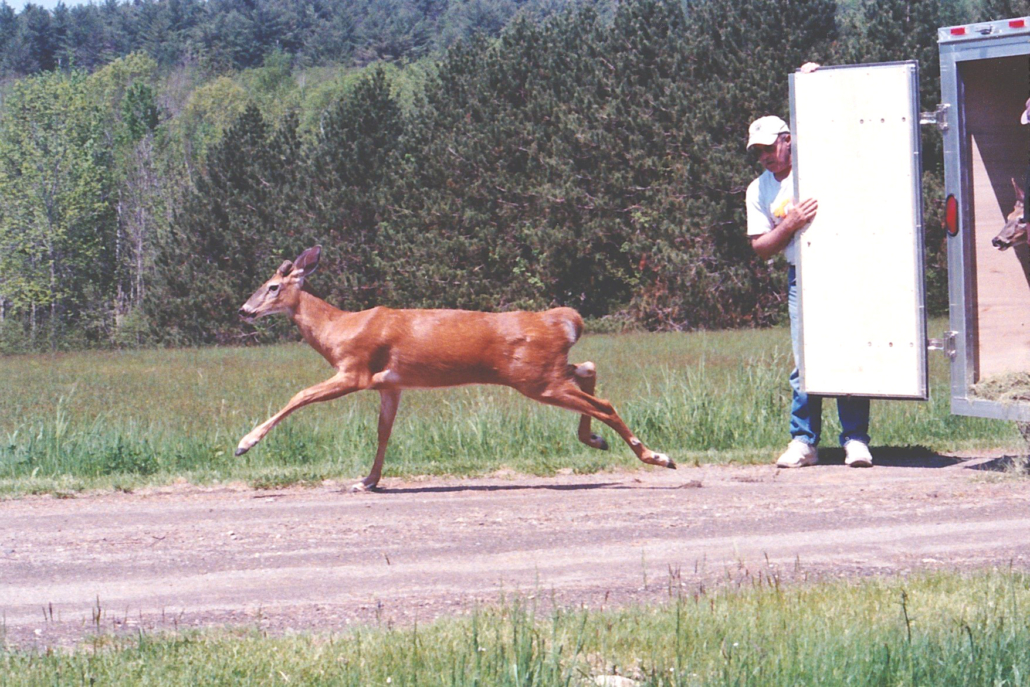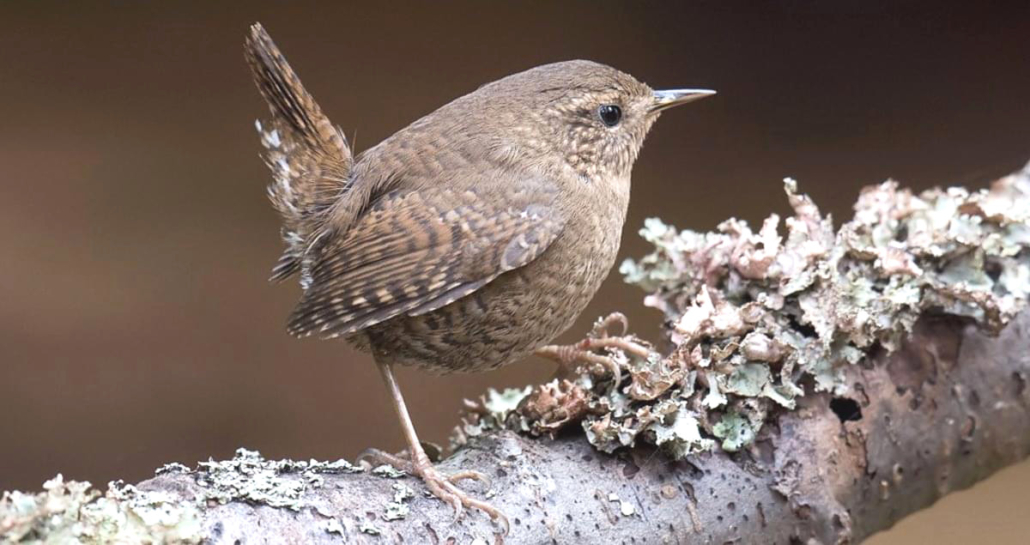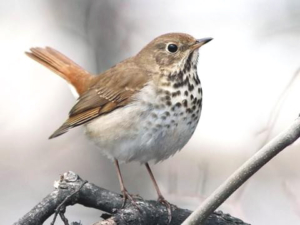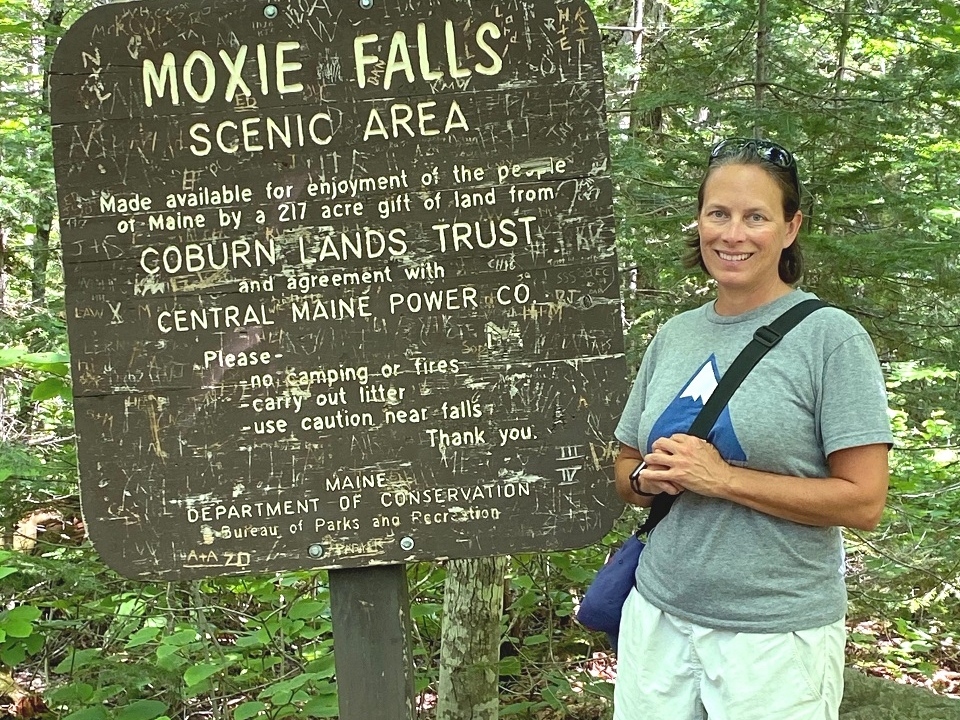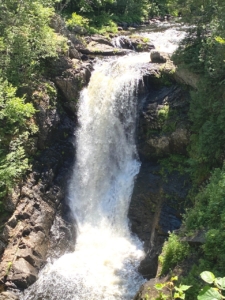THE MONEY MINUTE: The power of a smile and a wave
 by Jac M. Arbour CFP®, ChFC®, President
by Jac M. Arbour CFP®, ChFC®, President
J.M. Arbour Wealth Management
Summers in Maine are special, and I am blessed to call this state my home. I wake each morning and travel across Lake Cobbosseecontee in a 14-foot, 1956 Richline aluminum boat with my grandfather’s 1973 6 horsepower Evinrude. I watch mist rise from the water, eagles and ospreys grab their morning catch, and listen to loons call their friends from miles away. It’s quite the skip across the lake.
I then hop in my truck and head to the office here on Water Street, in historic downtown Hallowell. For anyone that hasn’t been here, it is a small, but buzzing little town that has a strong sense of community. The bakery, the juice shop, and the coffee shop are some of my favorite stops here in the mornings.
It is however, what happens between the lake and the office that I want to share this month.
The largest room in the world is the room for improvement. Big or small, there are things we can do to improve ourselves, the world around us, and therefore, the experience of others. Mark Johnston, former President of Kennebec Savings Bank, in Augusta, knows this all so well.
The Granite Hill Road, in Manchester, is the route I take each day to get to Hallowell, and it is on this road that I (and every other car and passenger who takes that road) am greeted with a daily smile and a wave by Mark himself.
Mark always wears a bright shirt for safety reasons; to make sure he is seen (it’s a narrow road and vehicles drive fast). This is the usual attire he wears as he completes his morning routine of walking, smiling, waving, and picking up trash.
Yes. Every day I see Mark walking, getting some exercise, taking care of his body, stopping only to smile and wave at each and every car that goes by, and to bend over and pick up any and all pieces of trash he discovers. He carries a bag with him, and surprisingly, even though the road was spotless after his yesterday’s walk, there is always more to pick up.
I wonder what that road would look like if Mark didn’t walk it every day. Would there be more trash? Would there be less people who could say a stranger (or old friend) has already smiled and waved to him or her by the time 8 a.m. rolled around? I believe so.
It may sound trivial, but in my opinion, what Mark does each say is symbolic of the power we each carry within us and that we can share through simple acts of kindness and respect.
Mark, please keep smiling and waving. It’s more powerful than you know. And, thank you for all that you still do for our local communities.
Jac Arbour CFP®, ChFC®
Jac Arbour is the President of J.M. Arbour Wealth Management. He can be reached at 207-248-6767.
Investment advisory services are offered through Foundations Investment Advisors, LLC, an SEC registered investment adviser.
Certified Financial Planner Board of Standards, Inc. (CFP Board) owns the CFP® certification mark, the CERTIFIED FINANCIAL PLANNER™ certification mark, and the CFP® certification mark (with plaque design) logo in the United States, which it authorizes use of by individuals who successfully complete CFP Board’s initial and ongoing certification requirements.


